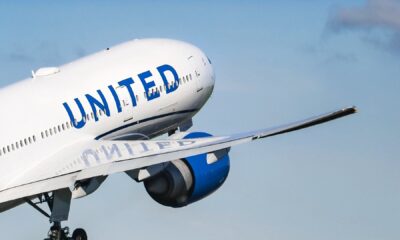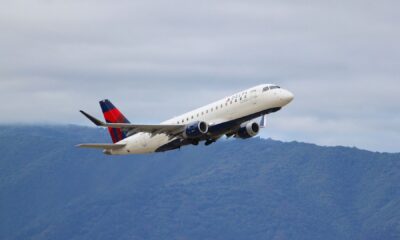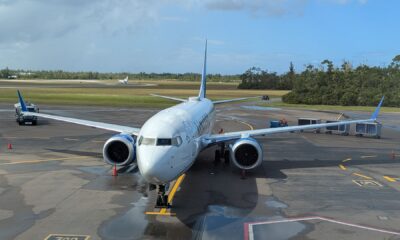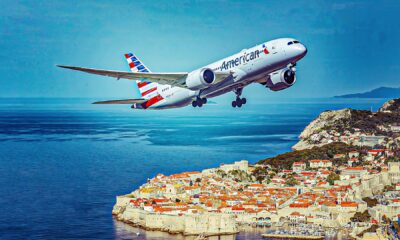World
United Airlines Expands Denver to Anchorage Flights to Four Daily
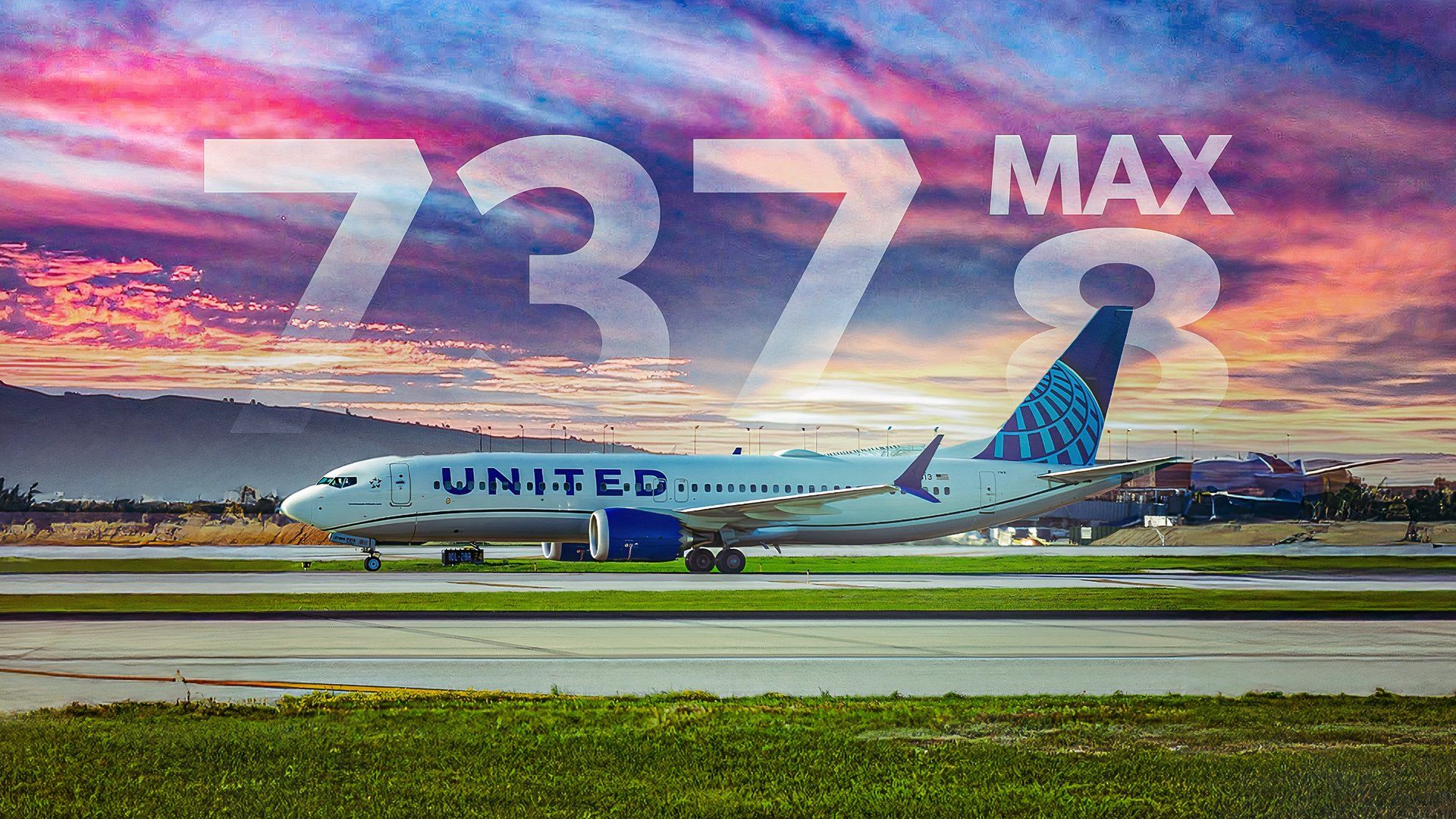
United Airlines has announced a significant increase in its flight frequency on the Denver to Anchorage route, raising it to an unprecedented four flights daily starting in the summer of 2026. This expansion, which represents a doubling of the service compared to summer 2025, is a strategic move in response to Southwest Airlines entering the market next year.
The Denver to Anchorage route has been part of United’s offerings since 1994, but this is the first time the airline will operate four daily flights. Previously, the maximum frequency was three flights per day, achieved only during specific periods in July and August from 2016 to 2018. The upcoming schedule promises to reshape travel options, particularly during peak demand periods.
Details of the New Schedule
According to United’s updated flight schedule, the new service will begin on May 21, 2026, and run until September 13, 2026. Initially, two flights were planned for the summer, but this has now been revised to three daily flights from May 21 until June 25. The peak season will see the addition of four daily flights from June 26 to August 10, before the frequency drops back to three flights between August 11 and September 7. Following this, the service will reduce to two daily flights until September 23, and finally to one flight from September 24 onwards.
All flights on this route will be operated using the Boeing 737 MAX 8, which features a total of 166 seats, including 16 in first class, 54 in economy plus, and 96 in economy. The aircraft is designed to accommodate varying passenger needs, with multiple configurations to enhance comfort during the long journey of 2,090 nautical miles (3,871 km) each way.
Market Dynamics and Competitive Landscape
United’s decision to ramp up its services comes as Southwest Airlines plans to enter the Denver to Anchorage route in 2026. The competition will likely impact pricing and passenger loads. In July 2025, United carried approximately 125,400 round-trip passengers on this route, filling 81% of available seats. Notably, only 30% of these passengers were local, indicating a significant portion relied on connecting flights through Denver.
The upcoming increase in capacity raises questions about how effectively United can manage its load factors, especially during peak travel months. For context, United’s seat load factor for July and August 2025 ranged from 78% to 83%, suggesting that higher capacity could lead to lower fares or underutilized flights if demand does not keep pace.
In the current market, a round-trip fare for a flight in the first week of July is listed at approximately $732, while Southwest’s lowest price exceeds $1,100. With Southwest’s entry, United may need to adjust its fares or strategies to maintain passenger numbers, as it aims to attract travelers heading to Anchorage.
As the summer of 2026 approaches, the dynamics between United Airlines and Southwest will be closely monitored, with potential implications for pricing, capacity, and overall service offerings. United’s expansion reflects its commitment to enhancing connectivity and meeting traveler demand, but the competitive landscape could change rapidly as both airlines vie for market share.
-

 Politics4 weeks ago
Politics4 weeks agoSecwepemc First Nation Seeks Aboriginal Title Over Kamloops Area
-

 World5 months ago
World5 months agoScientists Unearth Ancient Antarctic Ice to Unlock Climate Secrets
-

 Entertainment5 months ago
Entertainment5 months agoTrump and McCormick to Announce $70 Billion Energy Investments
-

 Science5 months ago
Science5 months agoFour Astronauts Return to Earth After International Space Station Mission
-

 Lifestyle5 months ago
Lifestyle5 months agoTransLink Launches Food Truck Program to Boost Revenue in Vancouver
-

 Technology3 months ago
Technology3 months agoApple Notes Enhances Functionality with Markdown Support in macOS 26
-

 Lifestyle3 months ago
Lifestyle3 months agoManitoba’s Burger Champion Shines Again Amid Dining Innovations
-

 Top Stories2 months ago
Top Stories2 months agoUrgent Update: Fatal Crash on Highway 99 Claims Life of Pitt Meadows Man
-

 Politics4 months ago
Politics4 months agoUkrainian Tennis Star Elina Svitolina Faces Death Threats Online
-

 Sports5 months ago
Sports5 months agoSearch Underway for Missing Hunter Amid Hokkaido Bear Emergency
-

 Politics5 months ago
Politics5 months agoCarney Engages First Nations Leaders at Development Law Summit
-

 Technology5 months ago
Technology5 months agoFrosthaven Launches Early Access on July 31, 2025



